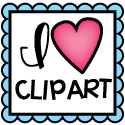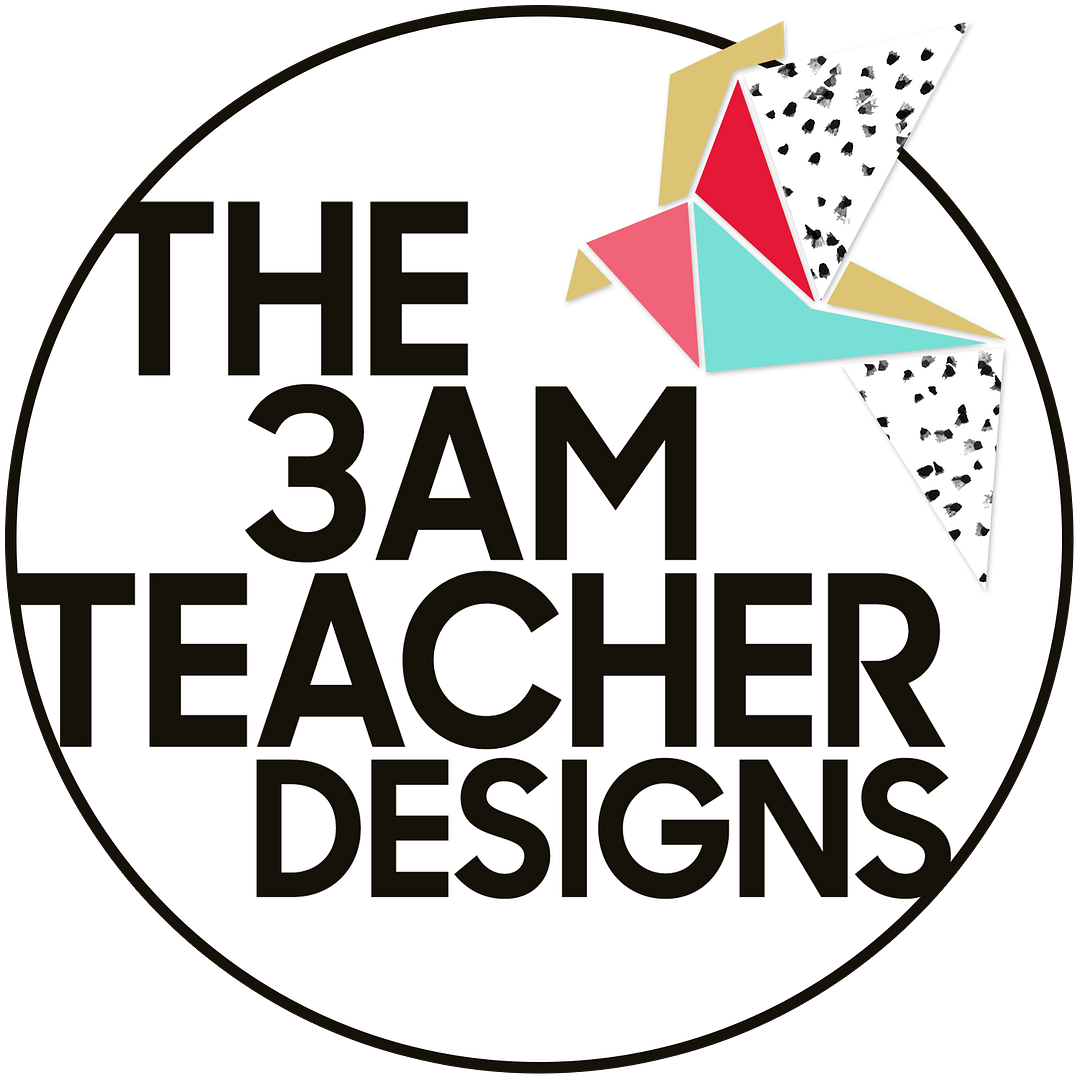Let's Get Creative!
Tuesday, July 15, 2014According to Paul Torrance, (who is often referred to as the "Father of Creativity"), creative thinking can be quantified. He broke it into a 4-part framework, which includes fluency, flexibility, originality, and elaboration. I love this framework because it gives me a scaffold with which to promote, support, and nurture creativity in my students, myself, and my class.
This post, which is the first in a series on creativity, briefly describes the 4-part framework and suggests quick, easy activities you can do with your class to promote creative and critical thinking everyday. So, here we go!
1. FLUENCY:
Fluency is the act of generating many different ideas. This is an essential component of, and often the first step in, the problem solving process. Fluency encourages us to consider a variety of options and, with more options, we are more likely to reach a successful solution.
With fluency, quantity is more important than quality. Accept all ideas that students offer – even the ones that are wacky or off the wall! Students can revisit their list of ideas later to reflect on their responses and decide which ideas are worth keeping.
Brainstorming is a wonderful way to encourage fluency of thought. As a daily warm-up, center activity, or even while you're waiting in line for lunch with your students, pose one of the following questions:
Name things that:
Another way to promote fluency is through pictures. Present your students with an image and ask them to write a caption or generate alternate uses. Below is an example of writing captions using an everyday icon from Ian Byrdseed's amazing website:
sample captions:
Alternate uses for an everyday item, such as a pencil, might be: a drum stick, a back-scratcher, a catapult, chopsticks, etc.
2. FLEXIBILITY:
Flexibility is the ability to produce ideas from different categories, perspectives, and points of view. Flexible thinking encourages us to see one thing in many different ways.
Below are some ways to see usual things in unusual ways and from different points of view.
Forced Associations: A forced association asks students to find similarities among items/ideas that are seemingly unrelated. By combining words that appear to be dissimilar, students are encouraged to think in new ways and to develop new perspectives and understandings. Try these with your class!
How is . . .
What a great example of using "normal," everyday items to create new things! You can find more ideas for forced associations (and no-prep printables) here.
3. ORIGINALITY:
Originality is the ability to produce ideas that are unique or original. This creativity tool involves synthesis or putting information together in a new way. Scattergories was one of my favorite games growing up; it was not until I was an adult that I figured out how fabulous it is for developing originality! To play, each student generates an item or items for each category. A point is earned for each idea that no one else has. Check out the example below:
4. ELABORATION:
Elaboration is the ability to enhance ideas by providing information and detail. Elaboration can make basic ideas, answers, or pictures interesting and exciting.
For example: provide students with a basic shape, squiggle, or mark on the page. Tell students that this picture is unfinished and that they should brainstorm a list of all the different things it could be. Students should select their favorite idea and then add details to elaborate, enhance, and improve. Here's an example from my Spring Enrichment Packet:
If you liked this post, you may be interested in some of the activities below.
1. FLUENCY:
Fluency is the act of generating many different ideas. This is an essential component of, and often the first step in, the problem solving process. Fluency encourages us to consider a variety of options and, with more options, we are more likely to reach a successful solution.
With fluency, quantity is more important than quality. Accept all ideas that students offer – even the ones that are wacky or off the wall! Students can revisit their list of ideas later to reflect on their responses and decide which ideas are worth keeping.
Brainstorming is a wonderful way to encourage fluency of thought. As a daily warm-up, center activity, or even while you're waiting in line for lunch with your students, pose one of the following questions:
Name things that:
- are hot
- are old
- are sour
- take less than a minute
- are big, but not heavy
- change over time
- go up and down
- are better to do fast instead of slow
Another way to promote fluency is through pictures. Present your students with an image and ask them to write a caption or generate alternate uses. Below is an example of writing captions using an everyday icon from Ian Byrdseed's amazing website:
sample captions:
- "Another juggler gives up on his dreams."
- "Jack decides to ditch the beans and move to Europe."
Alternate uses for an everyday item, such as a pencil, might be: a drum stick, a back-scratcher, a catapult, chopsticks, etc.
2. FLEXIBILITY:
Flexibility is the ability to produce ideas from different categories, perspectives, and points of view. Flexible thinking encourages us to see one thing in many different ways.
Below are some ways to see usual things in unusual ways and from different points of view.
Forced Associations: A forced association asks students to find similarities among items/ideas that are seemingly unrelated. By combining words that appear to be dissimilar, students are encouraged to think in new ways and to develop new perspectives and understandings. Try these with your class!
How is . . .
- a teacher like a chair
- a window like a pair of glasses
- the earth like a fishbowl
- number like a letter
What a great example of using "normal," everyday items to create new things! You can find more ideas for forced associations (and no-prep printables) here.
3. ORIGINALITY:
Originality is the ability to produce ideas that are unique or original. This creativity tool involves synthesis or putting information together in a new way. Scattergories was one of my favorite games growing up; it was not until I was an adult that I figured out how fabulous it is for developing originality! To play, each student generates an item or items for each category. A point is earned for each idea that no one else has. Check out the example below:
4. ELABORATION:
Elaboration is the ability to enhance ideas by providing information and detail. Elaboration can make basic ideas, answers, or pictures interesting and exciting.
For example: provide students with a basic shape, squiggle, or mark on the page. Tell students that this picture is unfinished and that they should brainstorm a list of all the different things it could be. Students should select their favorite idea and then add details to elaborate, enhance, and improve. Here's an example from my Spring Enrichment Packet:
If you liked this post, you may be interested in some of the activities below.
Creativity in the Classroom - find it here
Picture Prompts for Creative Writing Squiggle Stories: Creative Writing Prompts
I hope you'll check back for the next part of the creativity series! In the meantime:
How do you promote creative thought in your classroom? What else do you want to learn or know about creativity? I'd love to hear from you!



























4 comments
Heey I know this is off topic but I wass wondering if you knhew of
ReplyDeleteany widgets I could add to my blog that automatically tweet my newest twitter
updates. I've been looking for a plug-in like
this for qjite some time and waas hoping maybe you would have some experience with something lke this.
Please let me know if you run into anything. I truly enjoy reading your blog and I look forward to your
new updates.
Here is my webpage ... information on lawyers
Hey there! Thanks for checking in! I am not on Twitter, so I have not personally tried to upload a Twitter Widget to my blog. I found a couple of tutorials on line (one video and one web page) that offer descriptions. I've included the links below:
Deletehttps://support.twitter.com/articles/20164833-adding-a-follow-button-to-your-website
https://www.youtube.com/watch?v=c_6Jk9rWjV4
Both links demonstrate how to embed a twitter feed into a Blogger account. If you use word press, or another host, try a quick Google search and I'm sure you will find some good tutorials! I hope this helps! Let me know how it goes :-)
We are beginning an FFOE program for our Kindergarten students and was completely in the fog. I had no idea what the acronyms meant and what I was going to do. I want to thank you for your simple but efficient information. I understand what it means and what activities to do with, not only the Kindergarten students, but all the other students too. Thanks for being so great! I will be purchasing your resources and be on your site often.
ReplyDeleteInformative post! Sharanya Narayani International School is one of India’s premier international school in Bangalore.
ReplyDelete